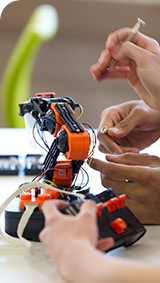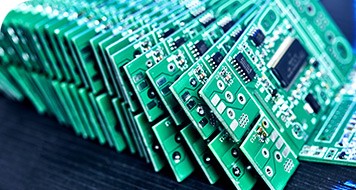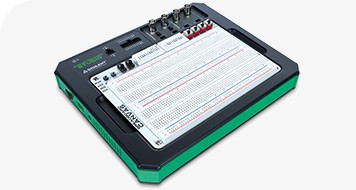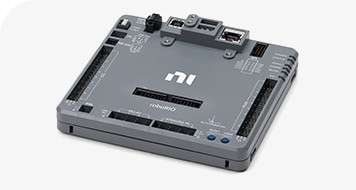Academic Teaching

Digilent and NI Educational Tools

At NI, we understand challenges educators face in making theoretical knowledge practical. In response, we’ve teamed up with our sister brand, Digilent, to create a unified academic product portfolio. Digilent’s mission—to make engineering technologies both understandable and accessible—aligns with NI’s dedication to education. Starting with Digilent’s hardware solutions, educators can directly demonstrate and ground key engineering concepts. NI’s advanced software solutions further develop students’ problem-solving capabilities, preparing them for the rigors of industry and research.

FEATURED SOLUTION
Elevate Learning with NI Academic Volume Licensing (AVL)
Access essential NI software like LabVIEW, VeriStand, and DIAdem through NI’s AVL. More than just software, AVL offers extensive benefits including unlimited on-demand training for students and faculty, dedicated training credits for instructors, and valuable certification opportunities (such as CLAD) for students. Enhance your institution’s teaching and research capabilities with an AVL.
Related Content


University of Southampton Teaches Wireless Communications with USRP and LabVIEW
The University of Southampton has transformed its wireless communications education by blending theory with practical hardware experiences, effectively meeting the growing interest in wireless technologies.


Tsinghua University Uses NI Tools to Prepare Engineering Students
Tsinghua University revamped its engineering curriculum with NI solutions to better prepare students for the dynamic industrial landscape. This comprehensive change includes updated courses and industry input to enhance teaching. CTA (20 characters): Read the case study
Raspberry Pi is a trademark of Raspberry Pi Ltd
An NI Partner is a business entity independent from NI and has no agency or joint-venture relationship and does not form part of any business associations with NI.




